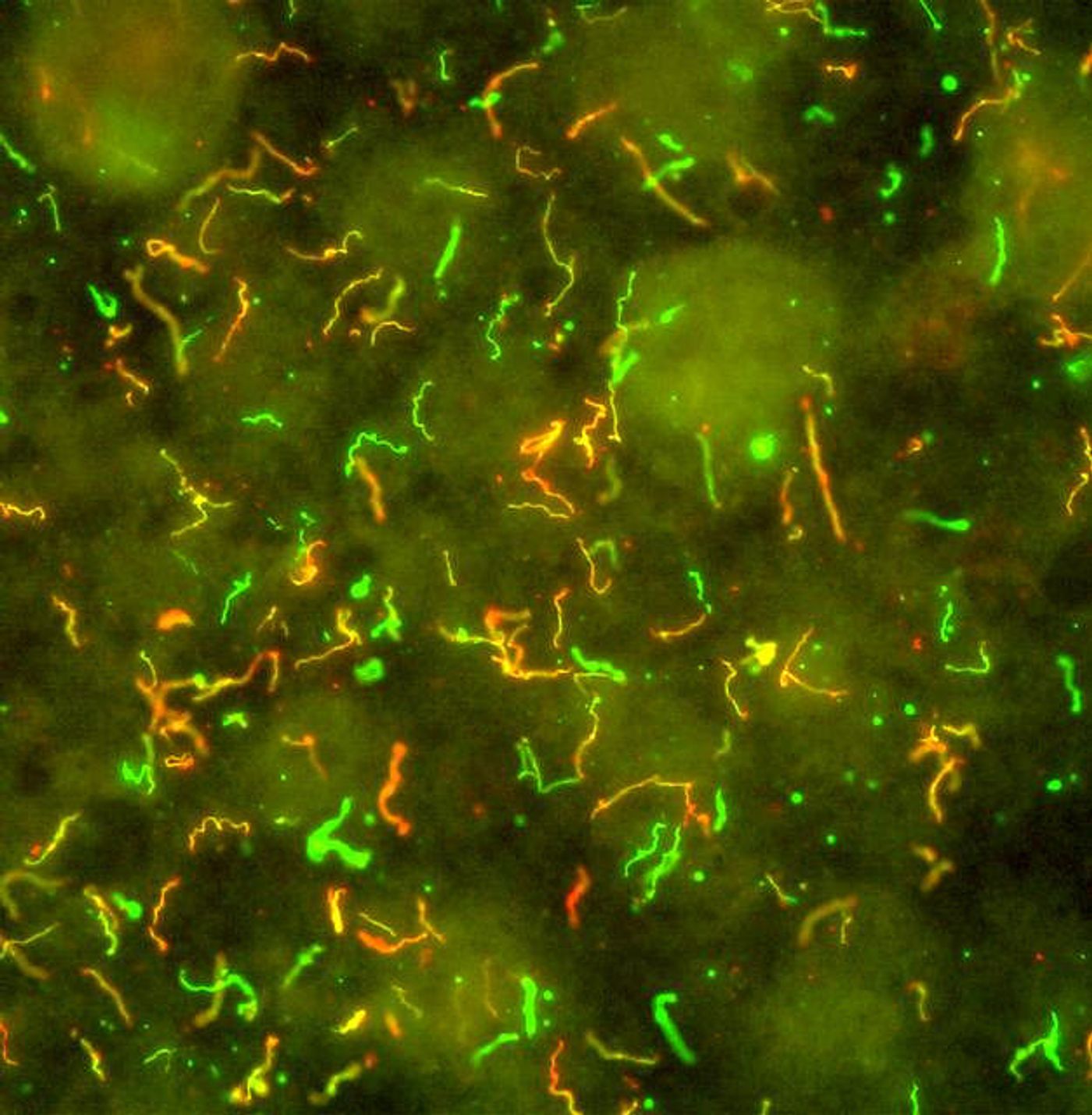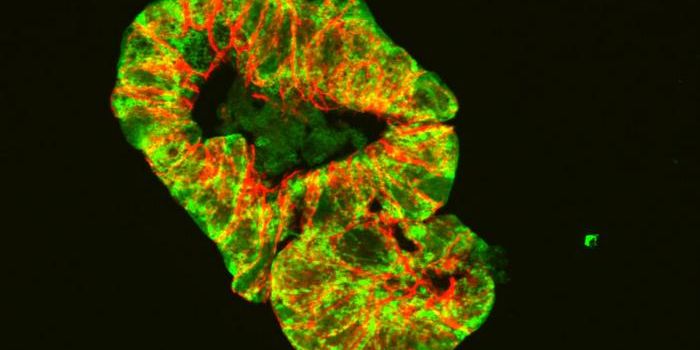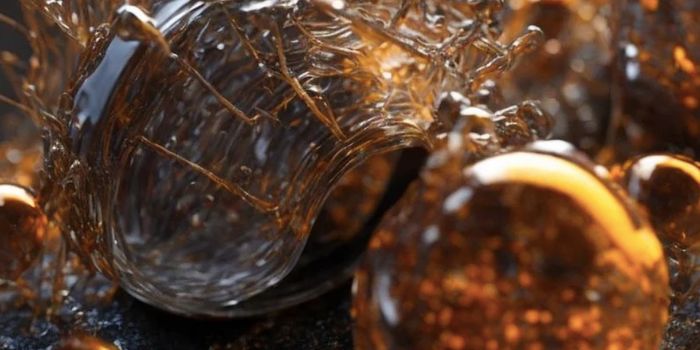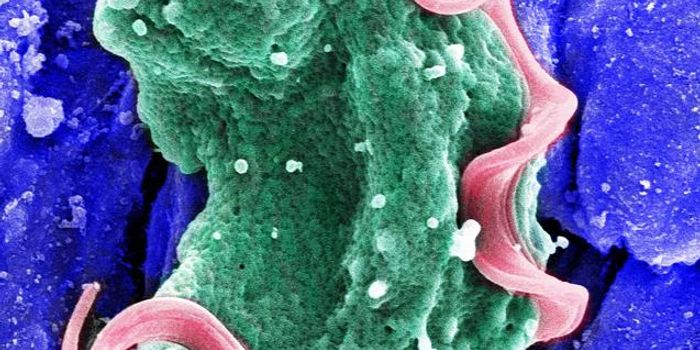Researchers have learned more about how Lyme disease invades the body, and will publish their findings September 6 in Cell Reports. They’ve found that the bacteria that spreads the disease moves through blood vessels in a way like our own white blood cells do; by sticking to the walls of blood vessels, they can move at their own pace rather than being swept up in the flow. The video below explains the research.
“It’s really an amazing case of convergent evolution,” commented Wendy Thomas, a Biologist at the University of Washington in Seattle who did not participate in the study. “There’s little structural similarity between the molecules involved in these behaviors, and yet their behavior is the same.”
Lyme disease is caused by the bacterium Borrelia burgdorferi, transmitted to humans through infected tick bites. Typically, the disease starts with non-specific symptoms like headache, fever and fatigue. A rash called erythema migrans can be indicative of Lyme, but doesn’t appear in all cases. If affected people don’t get treated, more serious health problems in joints, the nervous system and the heart can result.
While it’s known that B. burgdorferi can move in and out of the blood stream, the details of that process were not well understood before now.
To get a good look at what was happening, Moriarty and her team created flow chambers that were lined with human endothelial (blood vessel) cells. With powerful microscopes and the aid of a computer program, they were able to visualize the migration of bacteria along this model bloodstream.
The B. burgdorferi bacterium uses a protein called BBK32 to form what’s called catch bonds with the endothelial cells, in the same way that white blood cells do. Those catch bonds only get stronger when subjected to mechanical stress, keeping bacteria latched on even when under pressure. The catch bonds are also assisted by structures that even out the burden placed on the bonds.
Those catch bonds also allow the bacterium to keep moving, which it must do in order to cause infection. One bond gets broken as another stays attached, and the load is advanced forward in the process, in a stepwise fashion. Again, this is like the movement of white blood cells.
B. burgdorferi also has flagella at its disposal to control its movement in the bloodstream. Like a drill bit, the flagella wrap around the bacteria to propel it forward, with a stronger force than those opposing it.
“What that basically means is that bacteria are strong enough to overcome the force that they experience under blood flow, which means they should be theoretically strong enough to get to a spot where they can exit the bloodstream,” says Moriarty. These features might enable Lyme bacteria to control their entry and exit from the bloodstream, such that they then infect other organs.
Source:
ScienceNews,
CDC









